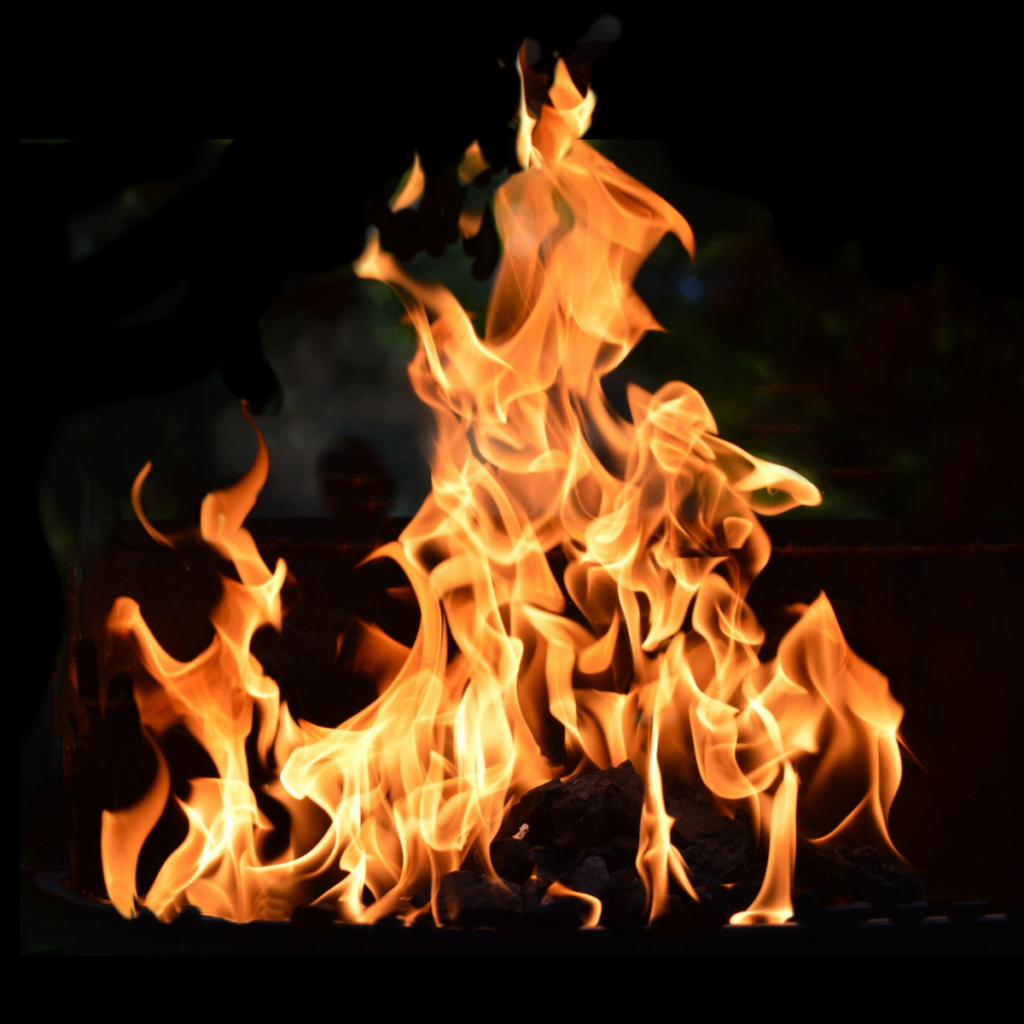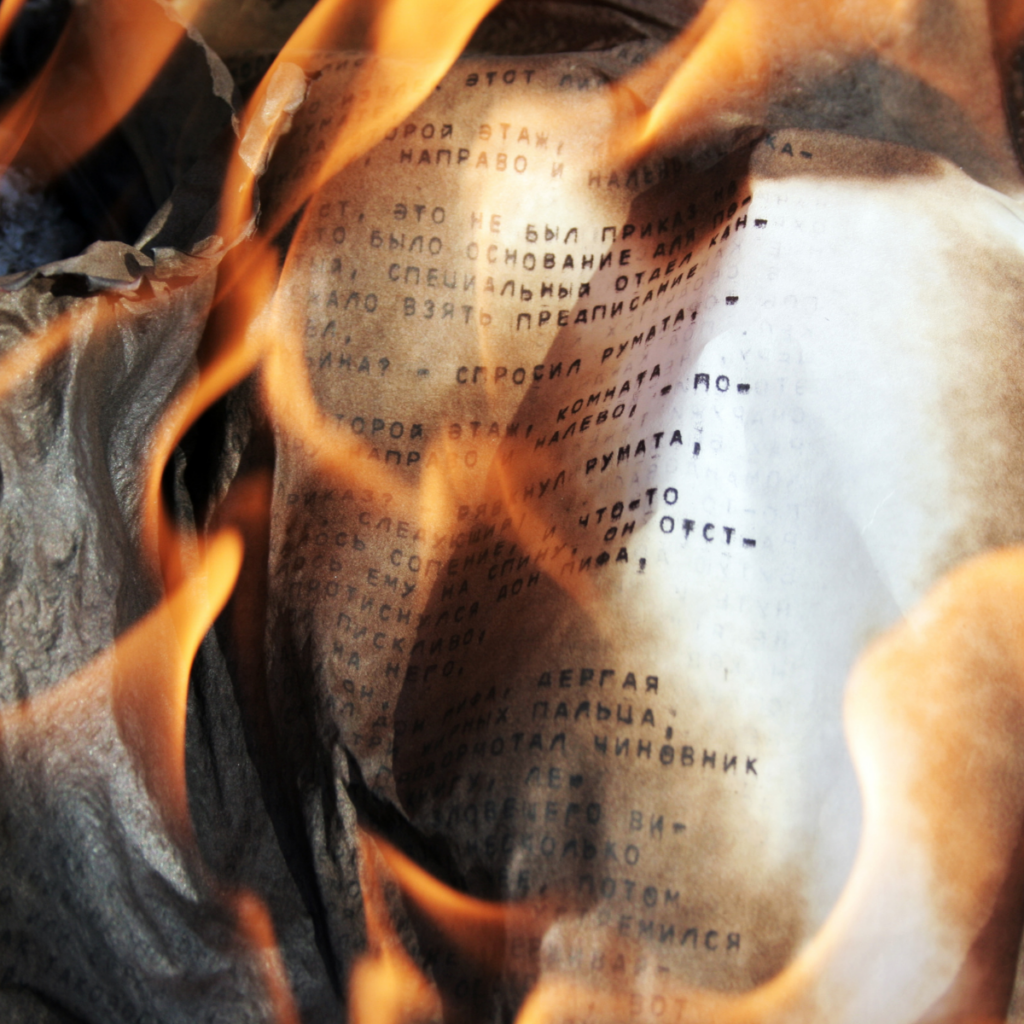Man has been using fire for thousands of years and it’s hard to imagine surviving life without fire. But have you ever wondered how hot is fire? Today, this question will get its answer.
Fire is considered one of the elements essential to our survival. It is almost impossible to cook food without fire, or stay warm during the harsh cold seasons without it. Modern industries also use fire for numerous applications.
The very fact that fire is hot makes fire important to our survival. But then, how hot does fire get and why is fire hot?
What is Fire Made Of?

Before anything else, let us first understand how is fire produced.
Fire is the product of a chemical reaction between three things: fuel source, heat, and energy. Without one of these, fire is impossible to produce.
A flame is produced when the interaction of these three elements leads to combustion. The combustion process incites the release of energy, and this release comes in the form of visible flame. Flame is made up of oxygen, vapor, carbon dioxide, and nitrogen.
Why Does Fire Keep Burning?
As already mentioned, fire is produced when enough heat is applied to the fuel source in an environment where there is oxygen (which is basically everywhere). The interaction of these elements breaks down the atoms and energy is released as flame and volatile gases.
Fire keeps burning as long as the three elements of fire are present. A furnace keeps burning as long as you throw logs into it. A match will keep burning for as long as there is a flame on the very top of the stick and will continue to burn until flames consume the entire stick (unless you extinguish it before the fire gets the chance to die by itself).
Fire is self-sustaining as long as heat, the fuel source, and oxygen are present and are interacting with one another.
Why is Fire Hot?
Fire is hot because it is a result of a chemical reaction that produces thermal or heat energy. During combustion, energy is released in the form of hot gases and flames. Although energy is required to start a fire, combustion releases even much more energy. This sudden release of energy can get hot enough for fire to keep glowing and burning, until such time that one or more elements of the fire: oxygen, fuel source, and/or heat, is taken out of the equation.
What is the Temperature of Fire?
One of the burning questions (pun intended) as far as fire is concerned is this: what is the temperature of fire?
Unfortunately, we cannot answer this with an exact figure. Although a match produces fire as much as a candle or propane torch would, we cannot expect that fires from all of these have the same temperatures. There are variable differences involved, such as the type of fuel used, how much oxygen there is, and which part of the flame is being measured.
However, there are two things that you can look at to gauge just how hot a fire is: the color and temperature of the fire.
Actually, the color of the flame is directly related to the temperature of fire. Just by looking at the color of the flame, and the colors within different regions of the flame will let you know which part is hot, hotter, and hottest.
The best way to determine how hot a fire is is to remember that the hot color means cooler temperatures. In most cases, red, orange, and yellow are the most visible colors in a flame. Ironically, these parts are the cooler regions.
As you move to the very base of the flame where it is nearest the heat source, you’ll notice that the flame burns white and blue. We all know that blue is a cool color, but in a flame, it is the hottest color of fire.
But that doesn’t mean that red flames won’t burn you. The fact there are flames means the fire burns hot. It is just easier to distinguish the hottest part of the flame just by looking at the colors. Remember, blue flames are the hottest part of the fire, while red and orange flames are relatively cooler.
At What Temperature Do Things Catch Fire?

Again, there are a lot of variables that come into play when we try to measure at which temperature things catch fire.
First, we have to take into consideration the material and its burning temperature. For example, paper burns at 480 degrees Fahrenheit, but different types of paper (including books, magazines, and cardboard boxes) catch fire at different temperatures.
PVC plastic burns at 454 degrees Celcius while steel burns at 2500 degrees Fahrenheit.
Now let’s take a look at the different fire temperatures.
How Hot is a Match Flame?
A match is often used to start a fire, but how hot does the match flame itself get? Well, a burning match can get as hot as 600 to 800 degrees Celcius.
How Hot is a Candle Flame?
It depends on which part of the candle flame. The blue flame which is near the base of the candle is the hottest part, and burns at 1400 degrees Celcius, while the red portion has a temperature of 800 degrees Celsius.
How Hot Does the Wood Fire Burn?
A typical wood ignites at 300 degrees Celcius and burns at a temperature of around 800 to 950 degrees celsius.
But, different types of wood burn at different temperatures. For example, denser wood such as hornbeam can burn at very high temperatures up to 1000 degrees Celcius. Meanwhile, wood from porous trees burns quite intensely, but a lower temperature of around 500 degrees Celcius.
What is the Temperature of Fire on a Gas Stove?

As fire is primarily used for cooking, you might wonder just how hot do the flames on a gas stove get?
It depends on the type of gas used in your stove. Methane or natural gas can reach temperatures of around 1950 degrees celsius while propane gas burns at around 1980 degrees celsius.
You can also adjust the fire depending on your cooking needs. For example, if you are simmering or slow-cooking, you can put the stove at around 195 degrees Fahrenheit. But if you need to cook on high heat, your stove can get as hot as 350 degrees Fahrenheit.
How Hot is the Bunsen Burner?
Before there were gas stoves and gas furnaces, there was already the Bunsen burner. The Bunsen Burner typically burns with flammable gas and a controlled amount of air, so it can burn even hotter than just by using gas alone or air alone.
The Bunsen burner burns with a blue flame on the inner cone and becomes slightly colorless at the outer part of the cone. The hottest part is just around the tip of the flame of the inner cone can reach temperatures of around 1500 degrees Celcius.
It is important to observe safety precautions when operating a Bunsen burner because it produces an open flame at very high temperatures.
Related Posts:
- Is Alcohol Flammable?
- Is Bleach Flammable?
- 10 Best Portable Campfire Grills to Have in 2022
- The Symbolism of Fire
How Hot Can a Propane Torch Get?
The temperature of fire from a propane torch can burn quite intensely, reaching temperatures of around 1995 degrees Celsius or 3,623 degrees Fahrenheit. Like the Bunsen burner, the flame of the propane torch has two regions. The inner cone produces a lighter blue flame while the outer cone glows a darker blue flame. The hottest part of the propane torch is at the tip of the flame of the inner cone.
Due to their portability and ability to produce high temperatures of fire, the propane torch is used for a number of applications, such as soldering metal and melting snow and ice. Blow torches are also used for caramelizing sugar.
What Flame Has the Highest Temperature?
The hottest flame ever produced came from dicyanoacetylene. This compound forms a chemical reaction with oxygen, and when it does, it produces an incredibly high temperature of almost 5000 degrees Celsius. Dicyanoacetylene is dangerous, toxic, and a fire hazard, and may potentially cause an explosion.
Conclusion
Fire is an important part of our lives, however, there’s no saying how hot fire really is. It depends on a number of factors, such as the material being burned, the fuel source, and the amount of oxygen present.
As you can see, the heat from the match flame is cooler than that of the temperature of burning wood. The different parts of a candle flame glow different colors, with the blue ones burning the hottest. Bunsen burners and propane torches, although both produce blue flame, can burn at highly different temperatures as well.
The important thing to remember is that fire is hot, and it can burn you, regardless of how hot it is. It is always important to handle fire with caution and observe safety precautions to prevent dangerous situations.

Leave a Reply